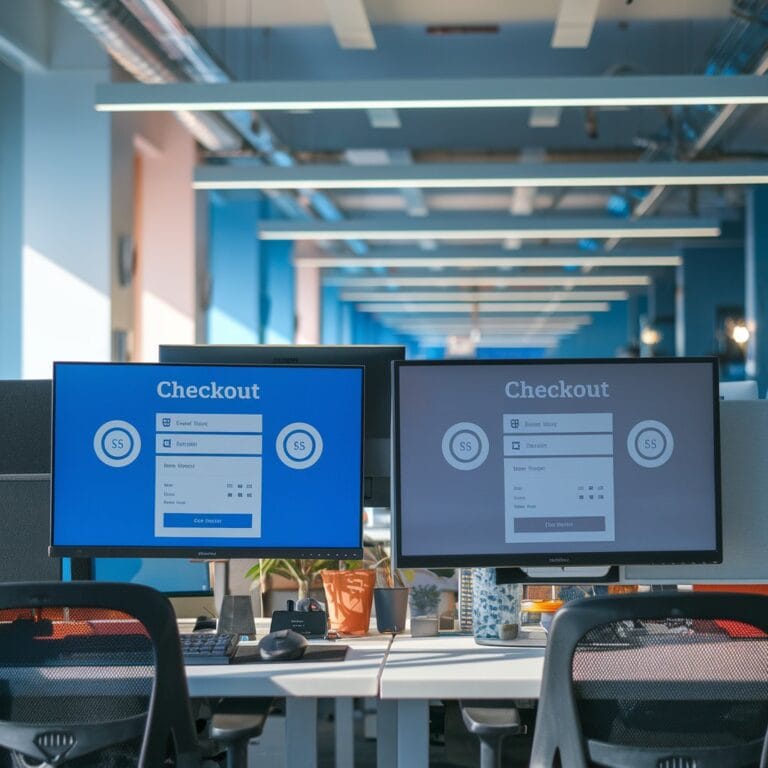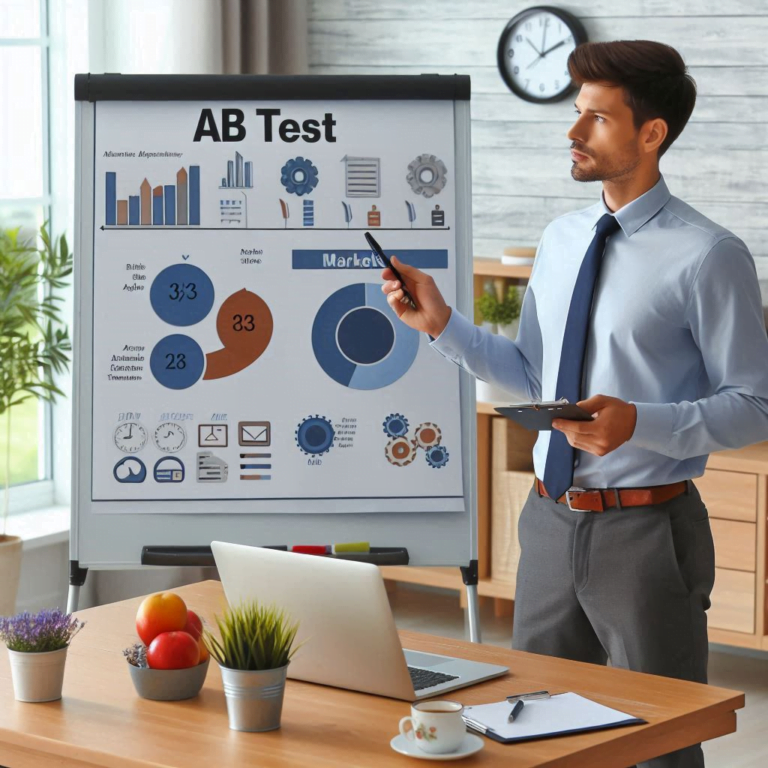Ever poured your heart and soul into crafting the perfect e-commerce website, only to see tumbleweeds blowing through your checkout page? You’re not alone. Countless online stores struggle to convert visitors into customers. The culprit? Often, it’s A/B testing blunders. But fear not! This article will equip you with the knowledge to sidestep these common pitfalls and transform your A/B testing from a frustrating guessing game into a conversion-boosting machine.
The Sample Size Shuffle: Testing on Thin Ice
Imagine conducting a taste test with just your best mate. Would their preference for extra sprinkles definitively declare sprinkles the victor? Absolutely not! The same goes for A/B testing. Without a statistically significant sample size, your data becomes unreliable. It’s like flipping a coin a couple of times and declaring heads the new trend. Here’s the kicker: the required sample size depends on your conversion rate. Lower conversion rates necessitate larger sample sizes. Don’t be afraid to get nerdy with sample size calculators – they’re your best friend here.
Example: Let’s say your current product page has a 2% conversion rate. To achieve 95% confidence (meaning you’re pretty darn sure the results are real), you’d need roughly 387 visitors per variation. See? Not a small undertaking!
Hypothesis Hangover: Testing Everything and Nothing
Ever tried making a cake by throwing in random ingredients? Probably wouldn’t result in a masterpiece (although, kudos for the creativity!). A/B testing needs a similar laser focus. Many folks make the mistake of testing too many variables at once. This creates a confusing mess – you won’t know which change actually impacted your results. Here’s the golden rule: test one variable at a time. Is it the new CTA button that’s causing a stir, or the revised product description? Isolate the change and watch the data whisper its secrets.
Example: You suspect your current product page copy is a bit dry. Don’t go overboard by introducing a new layout, high-resolution images, and a quirky video all at once! Start by testing a revamped product description with a more engaging tone. Once you have clear data on its impact, you can move on to the next tweak.
The Long-Tail Trap: Ignoring the Way People Search
Remember the days of keyword stuffing? Yeah, not a good look. Today, A/B testing success hinges on understanding natural language search. People don’t talk in robotic keywords. They ask questions! Think “best running shoes for flat feet” instead of just “running shoes.” Luckily, A/B testing allows you to experiment with long-tail keywords in your product titles, meta descriptions, and even within the page copy itself.
Example: You sell a variety of phone cases. Instead of a generic “phone cases” title for a specific product, A/B test a title like “Eco-Friendly Phone Case for iPhone 14 Pro Max.” This caters to the specific needs of eco-conscious iPhone users searching with longer, more descriptive queries.
Bonus Tip: Featured Snippet Savvy
Ever noticed those little answer boxes that pop up at the top of Google searches? Those are featured snippets, and they’re gold for e-commerce! A/B testing allows you to optimise your product pages for these coveted spots. Craft clear, concise answers to common customer questions within your product descriptions. This increases your chances of becoming the featured answer and driving more qualified traffic to your site.
By steering clear of these A/B testing pitfalls, you’ll be well on your way to gathering data that truly translates into higher conversions. Remember, A/B testing is an ongoing journey, not a one-time fix. Keep iterating, keep learning, and watch your e-commerce business soar!





